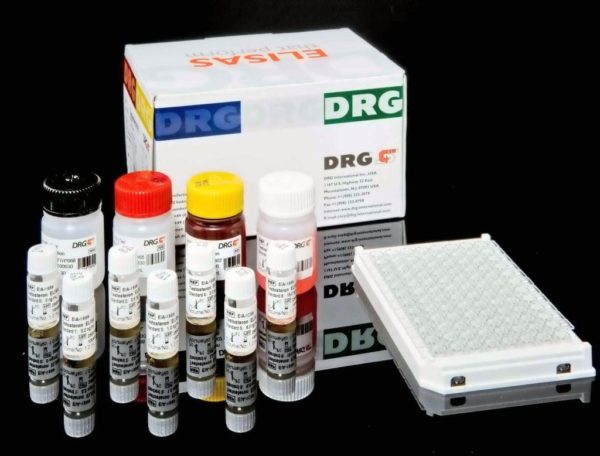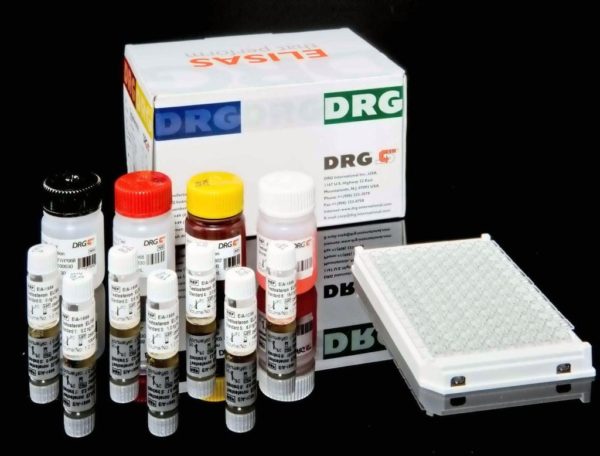Description
A chemiluminescence immunoassay for the quantitative measurement of testosterone in serum and plasma.
Testosterone (17_-hydroxy-4-androstene-3-one) is a C19 steroid with an unsaturated bond between C_4 and C_5, a ketone group in C_3 and a hydroxyl group in the _ position at C_17. This steroid hormone has a molecular weight of 288.47. Testosterone is the most important androgen secreted into the blood. In males, testosterone is secreted primarily by the Leydig cells of the testes; in females ca. 50% of circulating testosterone is derived from peripheral conversion of androstenedione, ca. 25% from the ovary and ca. 25% from the adrenal glands. Testosterone is responsible for the development of secondary male sex characteristics and its measurements are helpful in evaluating the hypogonadal states. In women, high levels of testosterone are generally found in hirsutism and virilization, polycystic ovaries, ovarian tumors, adrenal tumors and adrenal hyperplasia. In men, high levels of testosterone are associated to the hypothalamic pituitary unit diseases, testicular tumors, congenital adrenal hyperplasia and prostate cancer. Low levels of testosterone can be found in patients with the following diseases: Hypopituitarism, Klinefelter’s syndrome, Testicular feminization, Orchidectomy and Cryptorchidism, enzymatic defects and some autoimmune diseases.The DRG Testosterone CLIA Kit is a chemiluminescence immunoassay (CLIA), based on the principle of competitive binding. The microtiter wells are coated with an antibody directed towards an unique antigenic site on the Testosterone molecule. Endogenous Testosterone of a sample competes with a Testosterone horseradish peroxidase conjugate for binding to the coated antibody. After incubation the unbound conjugate is washed off. The amount of bound peroxidase conjugate is reverse proportional to the concentration of Testosterone in the sample. After addition of the substrate solution, the intensity of emitted light is inversely proportional to the concentration of Testosterone in the sample.




